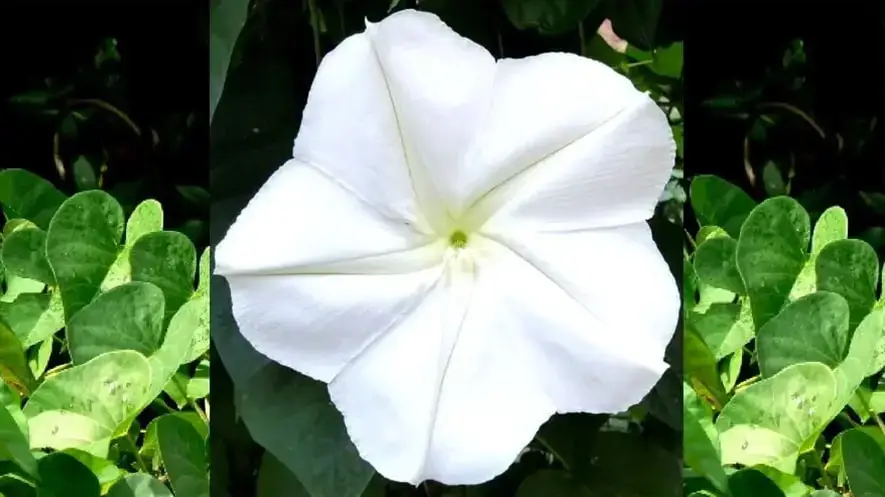
Today, I want to share with you the story of one of the most exotic and mesmerizing plants I’ve ever had the pleasure of growing: the mysterious moonflower (moon flower) plant. Trust me, it’s not the easiest plant to cultivate, but it’s worth every bit of effort.
Growing the Enchanting Moonflower
The Journey Begins
A few years back, I decided to try my hand at growing moonflowers. I bought some seeds and planted them just like I would with any other plant. But, to my dismay, nothing happened. After some research, I discovered that moonflower seeds are a bit fussy. They need to be soaked for several hours, and then their hard shells need to be carefully cut open. Talk about high maintenance!
The following spring, I soaked the seeds and used nail clippers to snip a tiny bit off each one. Lo and behold, they sprouted!
A Nocturnal Bloom
One of the most enchanting aspects of the moonflower is its blooming schedule. These large, white blossoms, which can be up to eight inches wide, open at dusk and last only one night. The effect is truly magical, especially under the light of the full moon. Nighttime pollinators like moths and bats are drawn to their sweet scent, adding to the nocturnal spectacle.
Growing Tips
Since moonflowers are vines, I plant the seeds at the base of my trellis in May. It takes a while for the sprouts to appear, but patience pays off. As the plant climbs, it produces large, handsome leaves. By late August, I start to see buds, and by mid-September, the blooms begin to unfurl as evening approaches. Watching a bud open quickly in the twilight is a thrill! By dawn, the flower fades, but the memory of its beauty lingers.
Moonflowers thrive in a Southern climate. Here in Western North Carolina, they bloom throughout most of October, until the nights become too cool. The wait from planting in May to seeing those spectacular blooms in September and October is long, but the reward is breathtaking.
Two Types of Moonflowers
A word of caution: there are two different plants commonly referred to as “moonflowers.” One is Datura stramonium, also known as devil’s trumpet, jimson weed, or loco weed, and the other is Ipomoea alba, the variety I grow.
Datura blooms during the day, grows low to the ground, and has a different flower shape. More importantly, all parts of Datura are highly poisonous to humans and animals. Ipomoea alba can be mildly toxic if ingested, but it’s safe to touch and is a much better option for gardeners.
When buying moonflower seeds, be sure to check the packet to see which variety you are getting.
A Plant of Mystique and Beauty
Many cultures associate the moonflower with mystery, love, and spiritual enlightenment. If you have a sunny spot with a trellis and the patience to wait for these nocturnal blooms, I highly recommend growing the magnificent Ipomoea alba moonflower.
Share Your Experience
Have you had success growing moonflowers? Please share your tips and stories in the comments below. Let’s grow this beautiful community together.